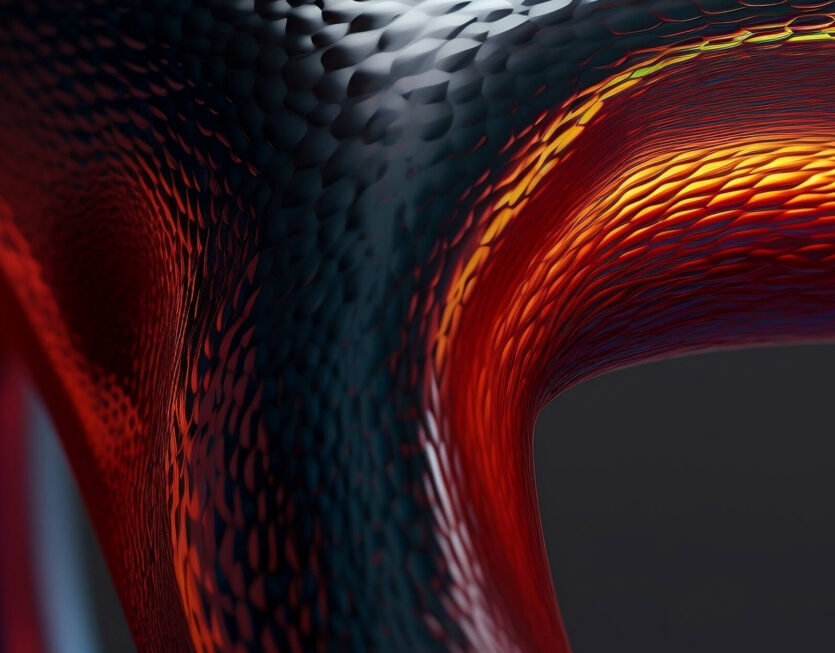Embracing Cloud-Native Medical Imaging AI: Revolutionizing Radiology
In the ever-evolving landscape of healthcare, technology continues to play a pivotal role in enhancing patient care and improving operational efficiencies. One of the most promising advancements in recent years is the integration of artificial intelligence (AI) with medical imaging, particularly through cloud-native solutions. This convergence is set to revolutionize radiology, offering unprecedented benefits to healthcare providers and patients alike.
What is Cloud-Native Medical Imaging AI?
Cloud-native medical imaging AI refers to the deployment of AI algorithms and applications designed specifically to run on cloud infrastructure. Unlike traditional on-premises systems, cloud-native solutions leverage the scalability, flexibility, and advanced capabilities of cloud computing to analyze medical images such as X-rays, MRIs, and CT scans.
Key Benefits of Cloud-Native Medical Imaging AI
- Scalability and Flexibility
- Scalability: Cloud-native solutions can effortlessly scale to handle large volumes of imaging data, accommodating the growing demands of healthcare facilities.
- Flexibility: Cloud infrastructure allows for the seamless integration of new AI models and updates, ensuring that radiologists always have access to the latest advancements in medical imaging.
- Enhanced Collaboration
- Remote Access: Radiologists and healthcare professionals can access imaging data and AI analysis from anywhere, promoting remote consultations and second opinions.
- Collaboration: Cloud-native platforms facilitate easy sharing of imaging data across institutions, enhancing collaboration between specialists and improving patient outcomes.
- Cost-Effectiveness
- Reduced Infrastructure Costs: By moving to the cloud, healthcare providers can significantly reduce the costs associated with maintaining and upgrading on-premises hardware.
- Pay-as-You-Go: Cloud services typically operate on a pay-as-you-go model, allowing hospitals to pay only for the resources they use, optimizing budget allocation.
- Advanced Analytics and Insights
- Real-Time Analysis: Cloud-native AI can process and analyze imaging data in real-time, providing radiologists with immediate insights and aiding in faster diagnosis.
- Predictive Analytics: AI algorithms can identify patterns and predict potential health issues, enabling proactive interventions and personalized treatment plans.
Transforming Radiology Workflow
The integration of cloud-native AI in medical imaging is poised to transform the radiology workflow in several ways:
- Automated Image Analysis: AI algorithms can automatically analyze medical images, highlighting areas of concern and reducing the time radiologists spend on routine tasks.
- Improved Accuracy: AI-driven analysis enhances the accuracy of diagnoses, reducing the likelihood of human error and improving patient outcomes.
- Workflow Optimization: Cloud-native solutions streamline the workflow by automating administrative tasks such as image sorting, prioritization, and report generation.
Case Study: Enhancing Radiology with Cloud-Native AI
A leading hospital implemented a cloud-native medical imaging AI platform to address the challenges of high patient volume and the need for rapid diagnosis. The platform, powered by advanced AI algorithms, analyzed imaging data in real-time, providing radiologists with detailed reports and diagnostic suggestions. As a result, the hospital experienced a 30% reduction in diagnostic turnaround time, improved accuracy in detecting anomalies, and enhanced collaboration among specialists.
